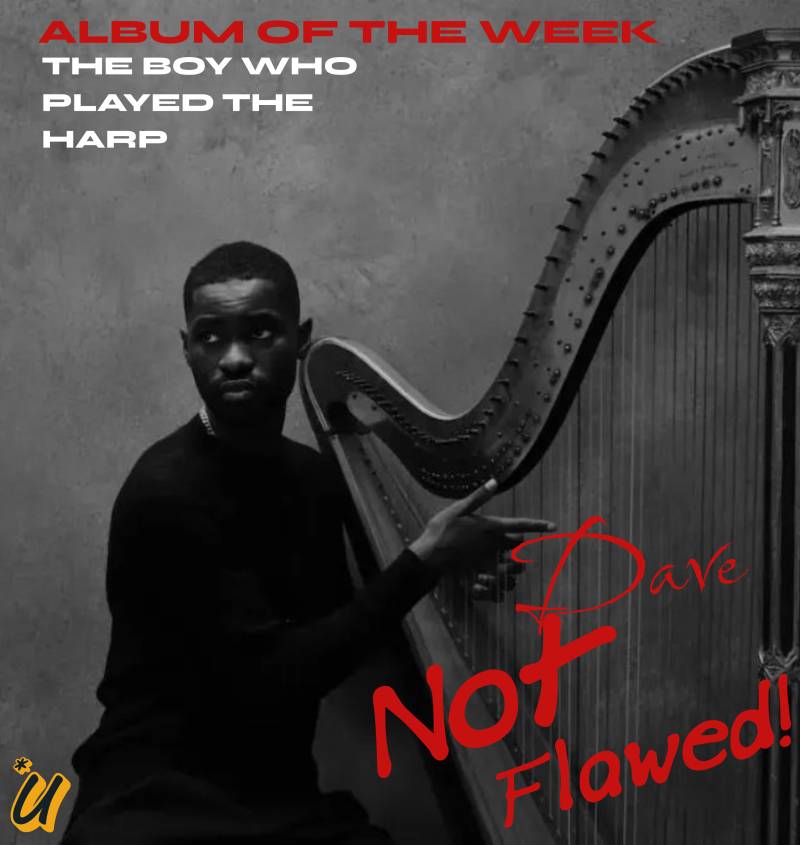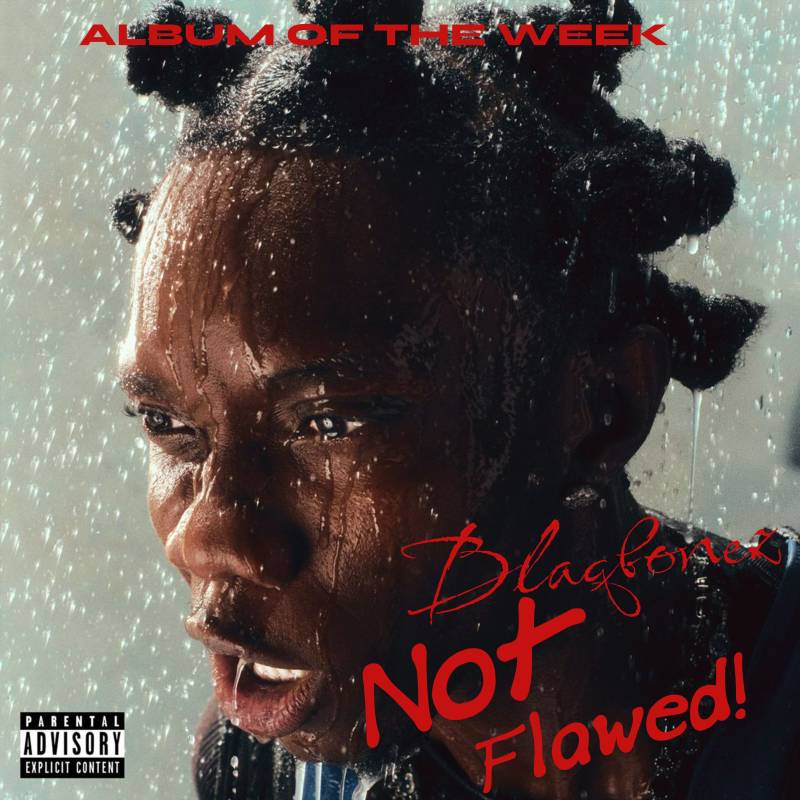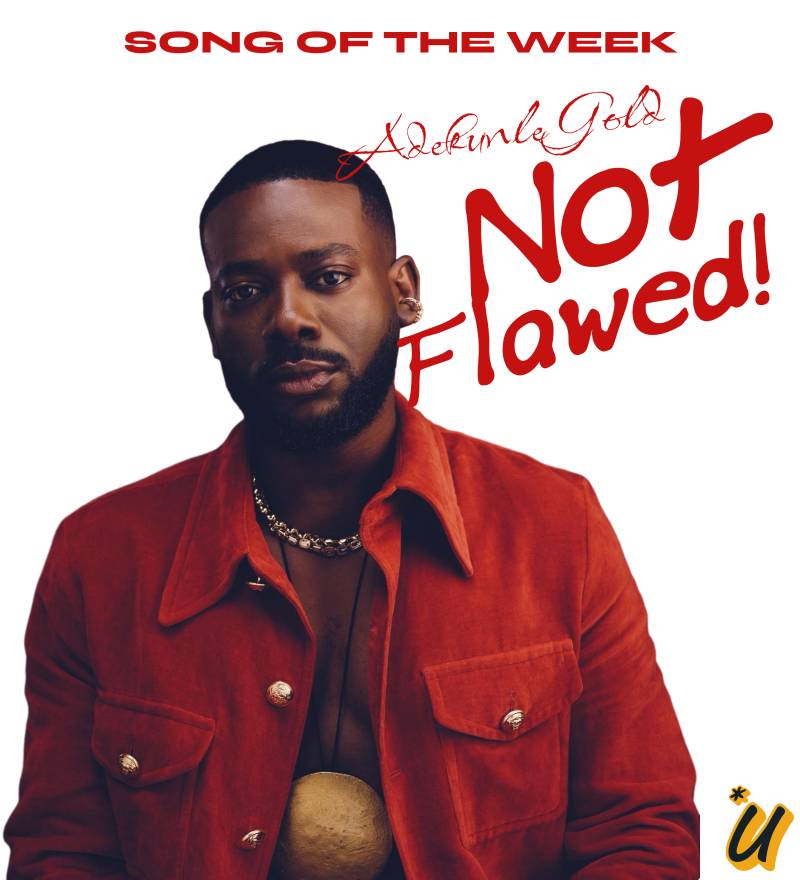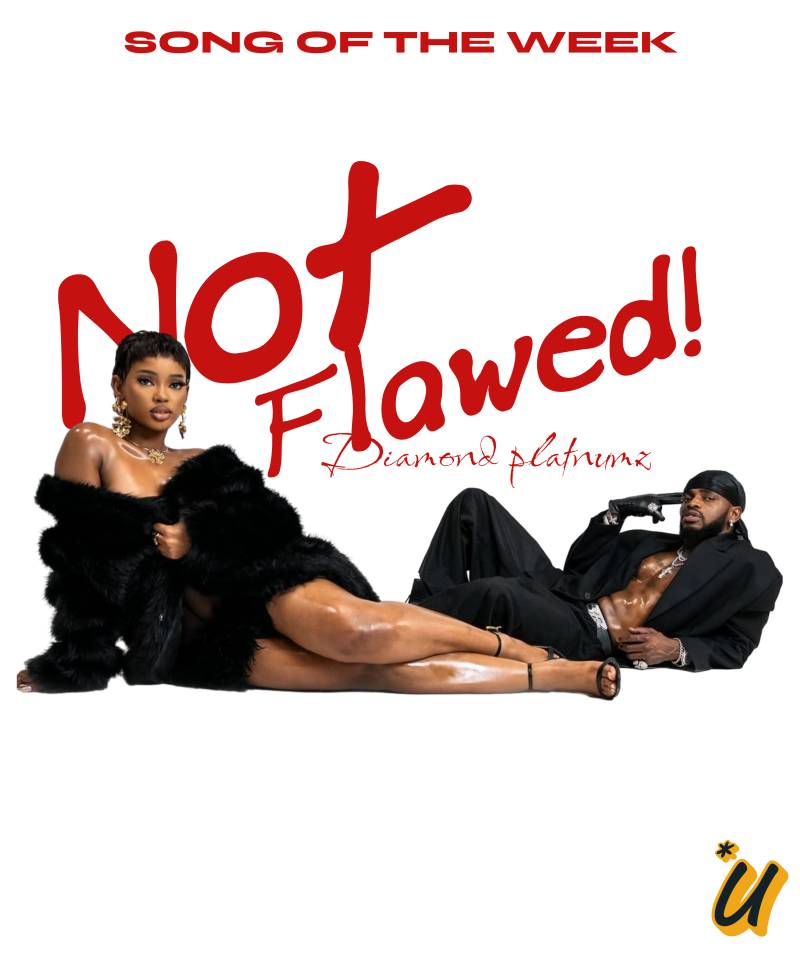The narrative of Afrobeats has often been at the mercy of its most preeminent target audience: the perceived holy grail of crossing over to the United States mainstream music market, its corresponding consumers, and labels who can offer global infrastructure support.
It’s an extractive dynamic between a global power that seeks to be the fulcrum of pop culture, and international artists who feel that their best chance at success lies in seeking Western approval. In service of this pipeline to the American music industry’s colonial plantation model, many stories have gotten smudged, erased, or reduced to urban legend.
Read Also: Some Wild Asian Dishes: Have You Tasted The Vagina Of A Cow ?
In Netflix’s new acquisition, Afrobeats: the Backstory — directed by filmmaker, manager, and lawyer Ayo Shonaiya — the legacy of the booming music industry on the African continent gets a lengthy and industrious reframing through the lens of its pioneers and change agents, who contextualize the recent explosion of Afrobeats as less of a phenomenon and marketing push and more of a decades-long labor of love.
The series curates an extensive archive of legends past and present, as well as the harbingers of Afrobeats’ evolution to chart out the intercontinental journey of West African popular music from the turn of the century to present-day. This provides time to clarify commonly held misconceptions and introduce nuanced sonic relationships that have been established, both consciously and subconsciously, throughout the diaspora as West Africa has risen to the forefront of the global market.
The resulting docu-series is thorough, if not occasionally belabored, with 12 episodes averaging 40 minutes each. The preponderance of unseen archival footage leads to common pitfalls — information redundancy between segments, narrative timeline confusion, and short thrift on topics that warrant more exposition for the layperson. Regardless, the value offered is immeasurable — a comprehensive behind-the-scenes look at stories of artists who seemed larger than life but were largely unheard of in American media.
Conservatively speaking, most internet discourse around Afrobeats in establishment music media starts not at its provenance but somewhere around 2016, accelerated by the arrival of Drake’s Views album and the Wizkid-assisted single “One Dance.” That entry point is preceded by nearly two decades of foundation-building, a journey that Shonaiya — who has managed artists such as D’banj and K1 De Ultimate — plots out via journeys in time, space, and sound.
The series gives just due to the works of early architects like Junior and Pretty and their hit “Bolanle” in the same breath as it does the impassioned efforts by young aficionados such as DJ Abass (“Intro Live”) and Kenny Ogungbe and Dayo “D1” Adeneye (“AIT Jamz”), whose songs helped establish an international infrastructure for spreading West African music and entertainment. Shonaiya also platforms pivotal groups like The Remedies, Plantashun Boyz (fronted by 2Face Idibia), and the Trybesmen for their role in transforming the popular urban sound into a prototypical version of current trends in contemporary music in Western African youth culture, with hip-hop, highlife, R&B, reggae, and afrobeat influences.
International tours that hit London, Maryland and Atlanta give strong insight on the local Western influences that affected their demographics the most and shaped the direction of their sound; and most strikingly, Shonaiya repeatedly reminds viewers just how young so many of these legends were as they were building the basis for what is now one of the most popular movements in the world.
Many of the most debated talking points around Afrobeats’ rapid expansion are the natural outgrowth of a musical cannon that is in constant dialogue with itself and its consumer base. Is the pluralized Afrobeats merely a marketing descriptor of convenience, or a genre organically derived within the community?
To that, Shonaiya posits, why not both? Labels and markets did not inspire Ghanaian-Brit DJ Abrantee to create the mixtape series and show from which the pluralization of a word so strongly associated to Fela Kuti’s legacy was adopted and popularized, and common musical elements evolved in parallel. Now, however, the term Afrobeats is shorthand for “popular music of [insert African country here],” a reductive genuflection to American homogenization. Bongo flava out of Tanzania is just as Afrobeats as Ghana’s hiplife, in addition to the sub-niches of afrowave, afrosoul, afrocalypso, Afrobeats’ closely related cousin of afro-house and endless other alternatives.
(Most interestingly, arguably Fela’s clearest descendant in popular African musicianship outside of his son, Burna Boy, has actively eschewed the label in favor of establishing a legacy with afro-fusion). Similarly, the conversation around Beyoncé is not one of absolutes: it is countenancing the significance of such a large accomplishment for so many African artists across industries with a Black superstar at the helm with unease at a declaration of innovation around long-existing labor. Who owns the responsibility of correcting that narrative: is it the artists seeking validation, or the superstars offering the platform? What is the proper way for “Already” producers Major Lazer to enter the Afrobeats scene that sufficiently acknowledges the work being done locally? If you ask Seun Kuti, son of the legendary Fela, he would say that the answer is to stop seeking external validation of their artistic creations; the greater dialogue amongst the other pioneers, however, is a bit more varied.
The docu-series shines brightest when it unravels unforeseen threads with a sense of dexterity and inquisitiveness that reveals a core ethos of discovery and curiosity that anchors the community’s earliest innovators. An unexpected appearance by Harlem producer D-Moet discussing the construction of Nas and Diddy’s 1999 record “Hate Me Now” serves as a segue to explore the diasporic roots of the Kpanlogo, the core rhythm that anchors many Afrobeats songs.
The story becomes even more rewarding when Diddy is connected with Nigerian superstar Burna Boy’s first Grammy award for Twice As Tall as an executive producer, unaware of how much of a presence he has been throughout the industry’s evolution; even The Remedies’ Eedris Abdulkareem ’03 hit song “Live in Yankee” finds him singing about meeting Puff Daddy and winning a Grammy.
The series repeatedly shows that musical and cultural evolutions are rarely in silos, with Black communities constantly grasping for artistic kinship amongst one another across generations, iterating from Fela and beyond. Particular care is shown to not only hip-hop culture’s sustained presence in Afrobeats’ groundswell but also reggae and other influences from the Caribbean, from the sound systems in London to the early reggae and dancehall artists in Lagos and Accra.
Despite this nuanced elaboration, however, Shonaiya spends the least time charting the entangled sonic evolution of the neighboring countries of Ghana and Nigeria; the former country’s highlife music strongly influenced the latter’s sound base, from Kuti’s original Afrobeat to the au courant trends. Shonaiya concedes as much, giving space for explanations such as the five-count beat, but given their delicate and complicated relationship, it felt insufficient. As Banku pioneer Mr. Eazi tweeted in 2017 to great pushback, ““Ghana’s influence on present day “Naija Sound” cannot be over emphasized.”




